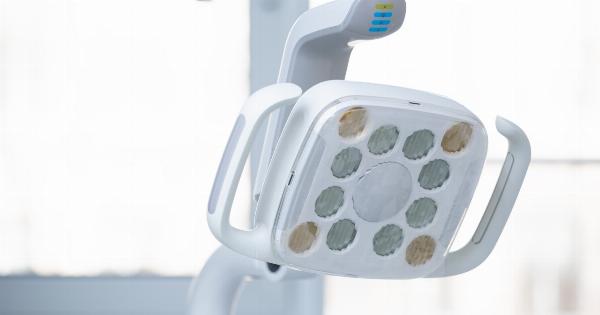Non-intervention nursing and health contract arrangements are becoming increasingly popular in the healthcare industry.
These arrangements allow healthcare providers to deliver services in a non-interventional manner, focusing more on preventative care and promoting overall wellness. In this article, we will explore the concept of non-intervention nursing and health contract arrangements and discuss their benefits and challenges.
Understanding Non-Intervention Nursing
Non-intervention nursing encompasses a range of approaches that prioritize non-invasive and non-technical care.
This often involves providing education and support to individuals and communities to empower them to take control of their own health and well-being. Non-intervention nursing focuses on preventative measures, lifestyle changes, and holistic care rather than primarily relying on medical interventions.
The Rise of Non-Intervention Health Contract Arrangements
With the increasing recognition of the importance of preventative care and population health management, non-intervention health contract arrangements are gaining traction.
These arrangements involve contracts between healthcare providers and individuals or organizations that emphasize non-intervention nursing practices.
Healthcare providers, such as primary care physicians, nurse practitioners, and health coaches, work closely with clients to identify their health goals and develop personalized care plans.
The aim is to assist clients in adopting healthy behaviors, managing chronic conditions, and promoting overall well-being.
Benefits of Non-Intervention Nursing and Health Contract Arrangements
1. Focus on Preventative Care: Non-intervention nursing and health contract arrangements place a strong emphasis on preventative care.
By addressing lifestyle factors, implementing health promotion strategies, and encouraging regular screenings, individuals can reduce their risk of developing certain health conditions.
2. Personalized Care Plans: Non-intervention nursing allows for the development of personalized care plans tailored to individual needs.
Healthcare providers take the time to understand their clients’ unique circumstances and work with them to create achievable goals and action plans.
3. Empowerment and Education: A key aspect of non-intervention nursing is empowering individuals to take charge of their own health.
Through education and support, healthcare providers encourage clients to make informed decisions and actively participate in their own care.
4. Cost-Effectiveness: Non-intervention nursing and health contract arrangements have the potential to be cost-effective.
By focusing on preventative care and early intervention, healthcare providers can help individuals avoid costly medical procedures and hospitalizations.
5. Improved Health Outcomes: Non-intervention nursing aims to improve overall health outcomes by addressing underlying causes, promoting healthy behaviors, and providing ongoing support.
This can lead to better management of chronic conditions, reduced hospital readmissions, and improved quality of life.
Challenges of Non-Intervention Nursing and Health Contract Arrangements
1. Limited Resources: Implementing non-intervention nursing and health contract arrangements may require additional resources, such as trained healthcare professionals and educational materials.
Limited resources can pose challenges in scaling these arrangements to reach a larger population.
2. Client Compliance: The success of non-intervention nursing relies heavily on clients’ willingness to engage and comply with the recommended care plans.
Motivating individuals to adopt healthier behaviors and adhere to treatment regimens can be challenging.
3. Reimbursement Models: Non-intervention nursing models may not align with traditional reimbursement systems that primarily incentivize interventions and procedures.
This can create barriers for healthcare providers seeking to implement non-intervention practices.
4. Changing Mindsets: Shifting from a predominantly intervention-focused approach to non-intervention nursing requires a cultural and mindset change in both healthcare providers and clients.
Educating and raising awareness about the benefits of non-intervention nursing is essential.
Conclusion
Non-intervention nursing and health contract arrangements offer a unique approach to healthcare delivery, focusing on preventative measures, personalized care plans, and patient empowerment.
While challenges exist, the potential benefits of these arrangements, including improved health outcomes and cost-effectiveness, make them an attractive option for healthcare providers and individuals alike.






























